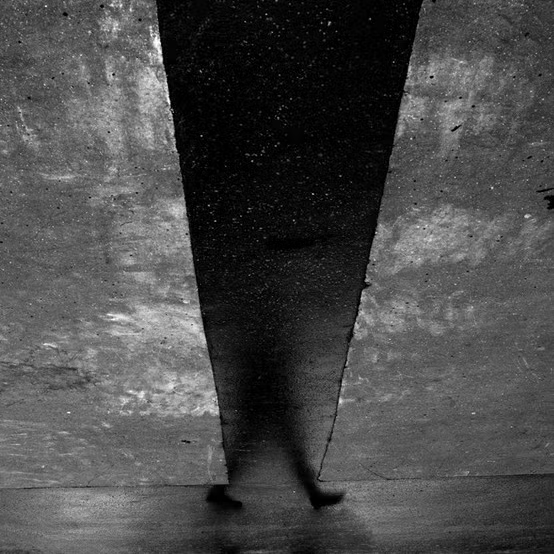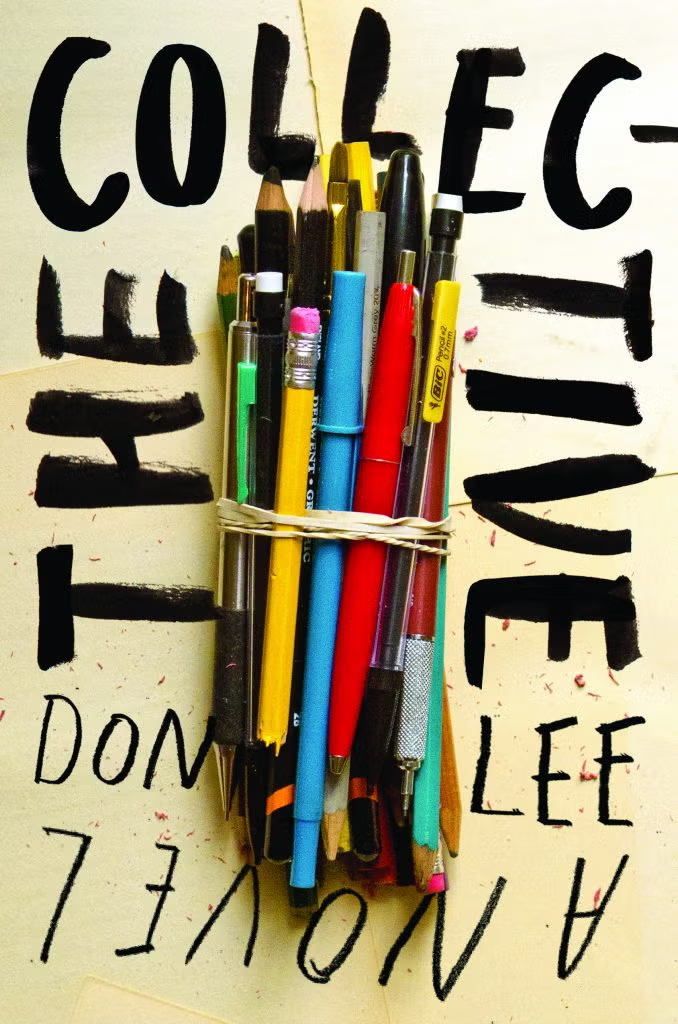On March 16, 1982 the New York Times reported that “Valerie Chacon, 31 years old, was said to have died at home of a self-inflicted gunshot to the head […] she had apparently been upset because her husband would not quit the ring until after his next fight.” Over 30 years later, on September 10th, 2016 another obituary appeared in the Times: “Bobby Chacon, Boxing Champion Hounded By Misfortune, Dies at 64,” which reported that “[Bobby’s] death was confirmed by the Riverside County coroner and attributed to a fall while he was being treated for dementia, which had been linked to brain injuries from boxing.” In a restless storyline displayed in imaginative forms, Eloisa Amezcua’s latest collection of poems, Fighting is Like a Wife, reanimates a tragic love story.
On her website, Amezcua identifies as an Arizona native. Her first collection, From the Inside Quietly, was described by poet Ada Limón as “a complex examination of how we come to love and how we come to be.” Her second book returns to love, detailing the two passions of late Bobby Chacon’s life, boxing and his marriage.
Amezcua quickly orients her readers to the tragedy. The opening poem is a list of characteristics of Bobby and Valorie, with two that stand out. The first:
Bobby Chacon Valorie Ginn featherweight division spouse
The second lists their age at the time of their death:
Bobby Chacon Valorie Ginn 64 age 31
The remainder of the collection takes quotes from interviews with Chacon, as in the second poem, when Amezcua quotes an interview conducted after Valorie’s passing. Titled “Excerpts from a Post-Fight Interview: Bobby Chacon Lives for Tomorrow,” the poem provides only Chacon’s answers. He self-describes as “friendly” and “restless,” recounting personal triumphs. The piece turns a quarter of the way through with the quote “I think it happened from that,” possibly referring to Valorie’s suicide, then: “the only thing I was afraid of was losing her.” Despite his recognition of Valorie’s wish for his fighting to cease, the poem ends with the chilling statement of a man who learned the news of his wife’s gruesome death and returned the same night to the ring: “This boxing is just going to be like another marriage to me.”
As the collection progresses, poetic form occasionally shifts into abstract images. In the piece “Good Game of Catch,” words line up and are read up to down and left to right, while longer sentences occasionally leap out like a swinging punch, such as the line “to play we fight who we love.” The connecting phrases weave, each bringing new meanings with short, majority monosyllabic words like: “we love to get hit” intersecting with “we’re going to play a good game of catch.”
In “Blood,” phrases plateau then flip 90 degrees left and right, appearing thickly shaded or thick simply because duplicate lines are attached together, dripping down the page. The poem’s final four lines form a box with one side bold and the rest progressively fading. The box reads: “it’s difficult to rub the / blood out of your eye / & block left hooks / at the same time.” In the piece “Round 12,” Bobby’s conflicted feelings are displayed in a Venn diagram. One circle encompasses words describing the glory of boxing, the other Valorie, and in the overlapping oval: “love.”
Amezcua shifts into another inventive form towards the middle of the book with “Bobby vs. Valorie.” Lines reach across the page, a sort of map, connecting word to word. The reader follows one of two paths, beginning with either “she was” or “he was,” but the “she” fits into both paths. “She” becomes a possession in the “he” path but an agent with feelings and thoughts in the “she” path. The interactive piece ends with two different words: “head” (from “never/ got/ a/ chance/ to/ develop/ her / head”) or “enough” (from “something/ he’s/ done/ for/ long/ enough”).
The order of the pieces and the way memory comes and goes, with emotions flashing, dripping, or fading with the form, immerses the reader into a sort of purgatory in Bobby and Valorie’s story. Here is anguish, here is love, here is loneliness and death, and fighting drags all of these into a cyclic sort of hell.
However, Amezcua slows time in the series of poems titled “Valorie,” the majority of which are contrapuntals, rich, first soothing then eerie as the collection turns again. They gather what is beautiful and mourn gently, a different pace for a story outside of the ring, the parties, and the fame. Like the line from early in the collection: “like water she is water she sways,” or another where the reader sees her as a mother (read left to right): “the weight of mothering / leaves slowly / her body / he eats & she hears / in his throat a delicate swallow / a beautiful song.” All are written in the third person, possibly reflecting her role in her family—to carry and to care for, but not to be realized—a reminder that, for Bobby, her thoughts and opinions were always secondary.
In the beginning, these pieces are the tranquil mornings to boxing’s dark nights. Then things shift: “what/ if she leaves / the pills there is a struggle / in her mind a gun she finds.” And in one of the last pieces of the series, things grow yet darker: “her mouth / in the mirror moves hardly enough it’s me & the kids / or it’s boxing she pleads to no one in the mirror enough.”
Amezcua ultimately paints a picture of Valorie as a sort of beautiful shadow who never had the chance to find out who she could be. There is an ache by the end of the series for this gentle, aggrieved, voice. Announced in the book’s epigraph, Valorie’s death occurs in the poem “Round 13,” and the horror echoes throughout the following pieces. But the Valorie poems continue post-mortem in the plot and become increasingly ethereal, detached: “she/ leaves slowly / her body / a delicate / song.”
Against Valorie’s gentleness, the series of sequentially labeled poems titled “Round” give us glimpses into Bobby’s life. The majority place Bobby fighting in the ring, but also reading the newspaper, arguing with Valorie, and working through memories. Amezcua uses the second person, more concrete imagery and events for the majority of this series. Bobby is allowed to share his story, like his fame, he is known and Valorie is not. The reader watches Bobby “stride out of the arena” and “head to a club downtown.” He falls in love and reads traumatic news in the paper, reflecting on his violent sport: “It’s true/ that brothers fight/ & sometimes they bleed.” He is fleshed out, appearing simultaneously wounded, victorious, conflicted, and stubborn. The series, his story, titled after the love he chose to be his greatest.
In Fighting is Like a Wife, words inflate, expanding into clouds like passion and loss. They jut out like a gloved hand and drip like blood. Here, Amezcua writes a tragedy based on a real-life couple, folding their words into each other’s and out, winding them into chants, graphics, or soothing songs. The reader must watch the words crawl, hold the page at an arm’s length and then bring it close, reading the contrapuntals’ many avenues and hearing the quiet whispers of Valorie, the air between the darts of the boxer Chacon. Amezcua has given us something intimate using only what we already know.






